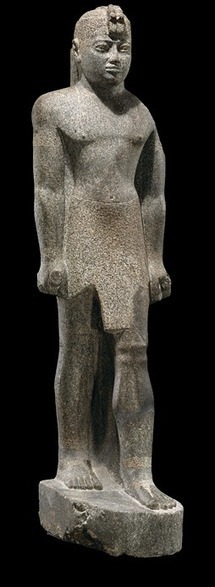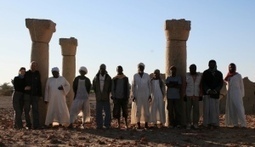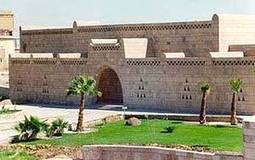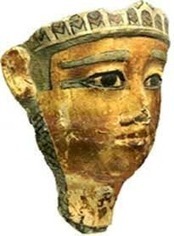Scientists studying 1,600-year-old cotton from the banks of the Nile have found what they believe is the first evidence that punctuated evolution has occurred in a major crop group within the relatively short history of plant domestication.
Via Rene Nieuwenhuizen
|
As branches of the Nile River descend from the highlands of East Africa, they join in a single course and pass through the land of Nubia, in what is now northern Sudan and southern Egypt. The river has always provided life in this arid region as a source of water, food, and transport. It flows through areas known as cataracts, traditionally numbered from north to south, where the river valley narrows and rocky outcrops define islands, rapids, and waterfalls. The Nile also traverses broad plains that provide a basis for agriculture as well as for concentrations of population, wealth, and power. The savannas and deserts on either side of the river are integral to settlement, supplying raw materials including gold as well as areas for herding and hunting.
This is an Internet space for the promotion of the study of the Medieval period of Sai Island in North-Sudan. It has also the ambition to function as a forum for discussions related to Medieval ...
Join us at Hierakonpolis as we dig into the dawn of Egyptian civilization.
In addition to these Egyptian monuments, there are also cemeteries that display distinctly non-Egyptian attributes. Surface surveys undertaken across the site by Michael Hoffman in 1978 and Fred Harlan in 1983 revealed the presence of three discrete cemeteries with Nubian cultural traits apparently dating to the Middle Kingdom and Second Intermediate period (ca. 1800-1500 B.C.). These had never been investigated, so in January-March 2001 we decided to take a walk on the historic side and conduct test excavations at each of these localities. Initially we thought all three belonged to the mysterious Pan Grave culture, which was first identified in 1910 by Flinders Petrie, who is also famous as the father of Egyptian prehistory. At the site of Hu near Abydos, while undertaking important Predynastic excavations, he also found two cemeteries of these strange people, previously mistaken for Predynastic as they also used blacktopped pottery. He coined the name Pan Grave because of the shallow, round burials, which he thought looked like frying pans--as indeed they sometimes do!
Due to the quantities of material recovered from tombs, temples and settlements, UNESCO was encouraged in the 1980's to plan a new Nubian museum in Aswan where the objects could be stored and exhibited. It was universally felt at the time that they should be kept as close as possible to their principal places of origin.
Nearly twelve years later, the Museum became a reality and opened its doors in November 1997. It was designed by the late Egyptian architect Mahmoud al-Hakim, and Mexican architect Pedro Vasquez Ramirez designed the museum's interior display. The Museum won the Agha-Khan Award of Architecture 2001.
Articles by Ibrahim Omer on the ancient history and cultures of the ancient civilization of Nubia in Sudan...






